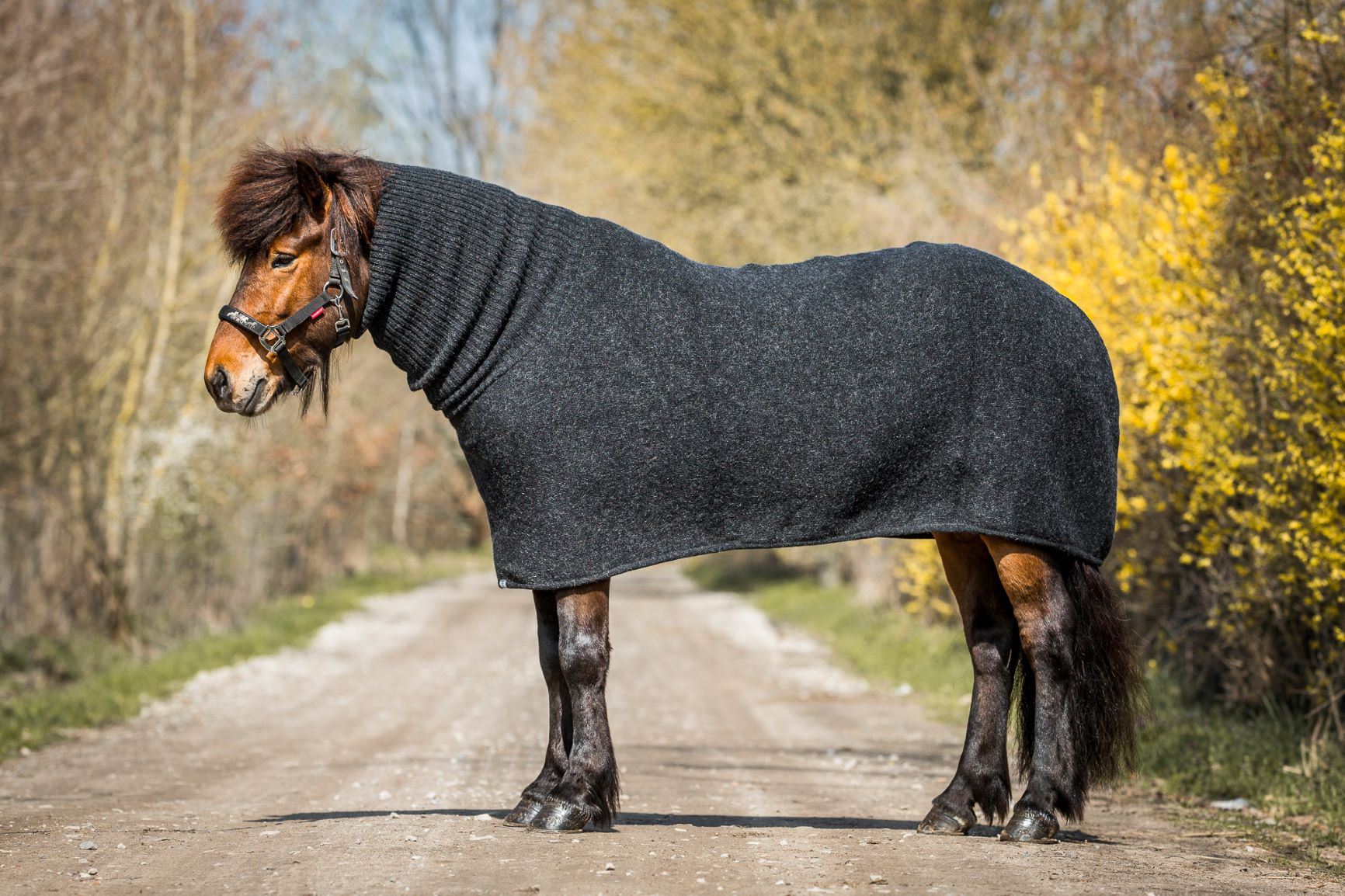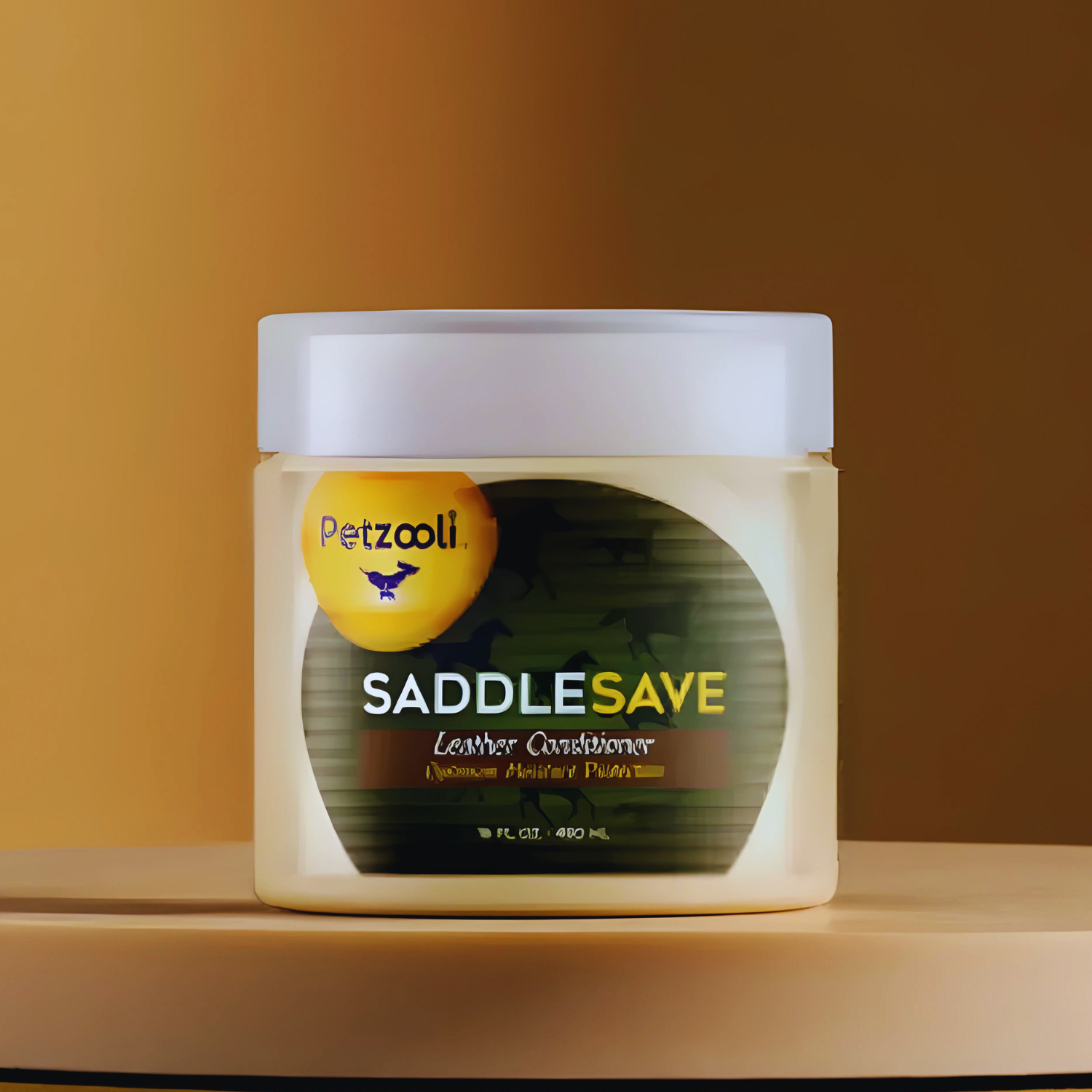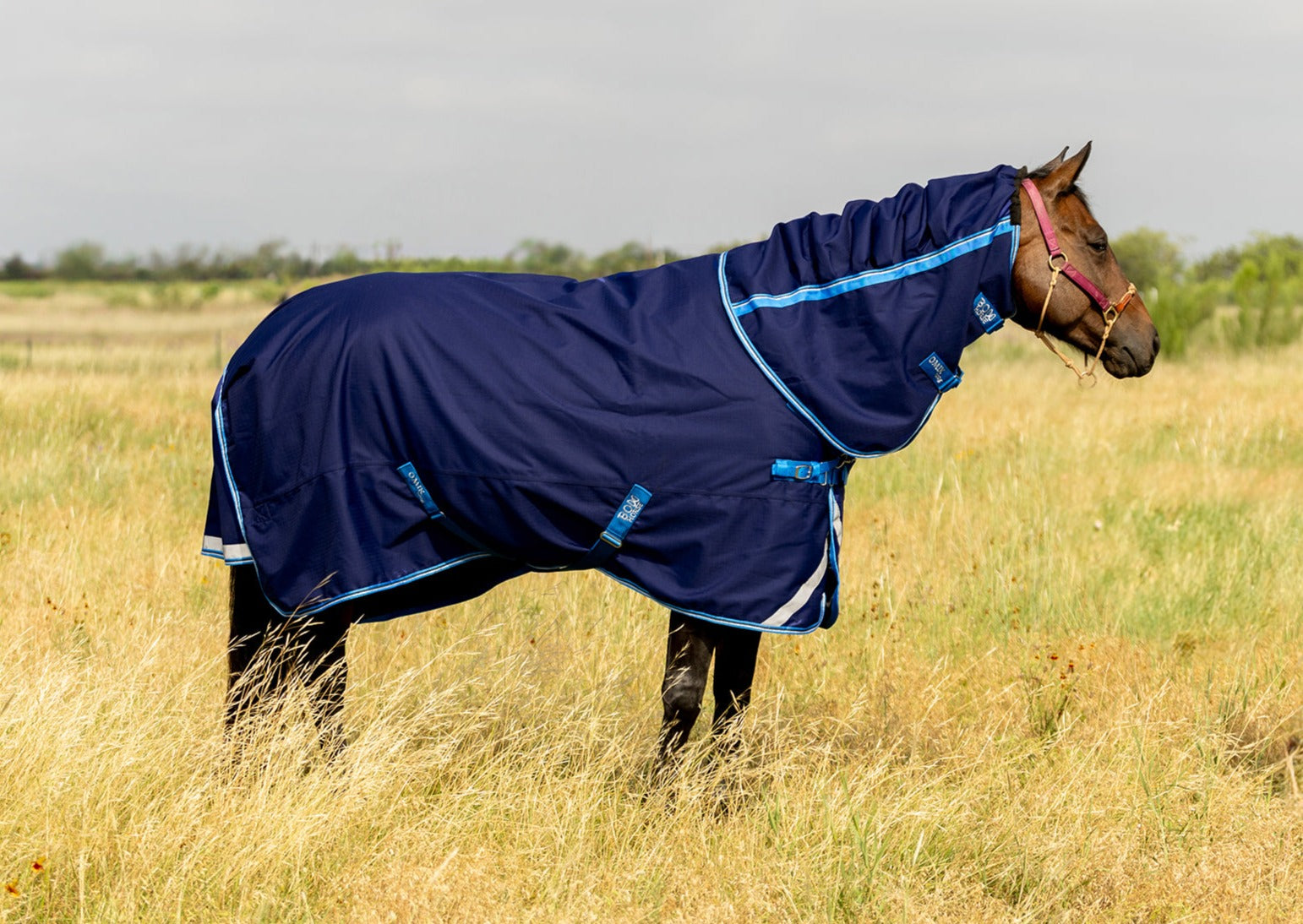Understanding what temperature should you blanket a horse is crucial for any horse owner or caretaker. Proper blanketing plays a vital role in maintaining your horse’s health and comfort during varying weather conditions. Today, we delve into the recommended temperatures at which you should consider blanketing your horse and why this is important.

Why Blanket a Horse?
Horses, like humans, can get cold. While they have natural protective coats, sometimes that isn’t enough, especially during harsh winter seasons. Blanketing provides an extra layer of warmth and protection against the elements. By deploying proper blanketing strategies, you can significantly enhance your horse’s well-being and comfort.

Factors to Consider Before Blanketing
Before deciding what temperature should you blanket a horse, several factors need to be considered:
- Climate and Weather Conditions
- Age and Health of the Horse
- Breed and Natural Coat Thickness
- Shelter Availability
Climate and Weather Conditions
The first factor to consider is the climate and weather conditions in your area. If your region experiences harsh winters, then blanketing becomes essential. Conversely, in milder climates, you may need to blanket less frequently.
Age and Health of the Horse
Older horses and those with specific health conditions may have a harder time regulating their body temperature. Paying close attention to their needs is critical to ensure they remain comfortable and healthy.
Breed and Natural Coat Thickness
Different horse breeds have varying coat thicknesses. For instance, a Shetland pony has a much thicker natural coat compared to a Thoroughbred. Consider the breed when deciding whether to blanket your horse.
Shelter Availability
If your horse has access to adequate shelter, it may not need as much blanketing. However, if it’s exposed to the elements for extended periods, blanketing becomes more essential.

Temperature Guidelines for Blanketing
So, what temperature should you blanket a horse? Here’s a simplified guideline:
- Above 50F (10C) – No blanket needed.
- 40F – 50F (4C – 10C) – Lightweight blanket if the horse is clipped or very young/old.
- 30F – 40F (-1C – 4C) – Medium weight blanket.
- Below 30F (-1C) – Heavyweight blanket or layering for additional warmth.
Blanketing Tips and Best Practices
When blanketing, make sure to follow these best practices:
- Regularly check the blanket for tears or moisture.
- Ensure a proper fit to avoid rubbing or discomfort.
- Remove the blanket daily to check for any signs of skin irritation or pressure points.
Common Mistakes to Avoid
Blanketing a horse comes with its own set of challenges. Avoid these common mistakes:
- Using a dirty or wet blanket.
- Leaving the blanket on for too long without checks.
- Improperly fitting blankets that cause chafing or discomfort.
Additional Resources
For more tips on horse care, check these articles:
FAQ
1. Is it better to over or under blanket a horse?
It’s generally better to under-blanket rather than over-blanket. Over-blanketing can cause overheating and lead to health issues.
2. How often should I check my horse’s blanket?
You should check your horse’s blanket at least once daily to ensure it is dry, properly fitted, and free of debris.
3. Can a horse stay outside with a blanket on year-round?
While some horses can stay outside year-round with a blanket, its essential to check their comfort and adjust the blanket’s weight depending on the season.
For more information on whether to blanket your horse or not, visit Equus Magazine.
As an Amazon Associate, I earn from qualifying purchases.
